Fiat Panda vs Land Rover Range Rover Sport – Which one offers the better deal?
Compare performance, boot capacity, efficiency and price at a glance.
Find out which car is the better choice for you – Fiat Panda or Land Rover Range Rover Sport?
Costs and Efficiency: Looking at overall running costs, both models reveal some interesting differences in everyday economy.
Fiat Panda has a convincingly advantage in terms of price – it starts at 14100 £, while the Land Rover Range Rover Sport costs 78600 £. That’s a price difference of around 64466 £.
Fuel consumption also shows a difference: Land Rover Range Rover Sport manages with 2.70 L and is therefore significantly more efficient than the Fiat Panda with 5 L. The difference is about 2.30 L per 100 km.
Engine and Performance: Under the bonnet, it becomes clear which model is tuned for sportiness and which one takes the lead when you hit the accelerator.
When it comes to engine power, the Land Rover Range Rover Sport has a significantly edge – offering 635 HP compared to 70 HP. That’s roughly 565 HP more horsepower.
In acceleration from 0 to 100 km/h, the Land Rover Range Rover Sport is convincingly quicker – completing the sprint in 3.80 s, while the Fiat Panda takes 13.90 s. That’s about 10.10 s faster.
In terms of top speed, the Land Rover Range Rover Sport performs decisively better – reaching 290 km/h, while the Fiat Panda tops out at 164 km/h. The difference is around 126 km/h.
There’s also a difference in torque: Land Rover Range Rover Sport pulls significantly stronger with 800 Nm compared to 92 Nm. That’s about 708 Nm difference.
Space and Everyday Use: Whether family car or daily driver – which one offers more room, flexibility and comfort?
Seats: Land Rover Range Rover Sport offers to a small extent more seating capacity – 5 vs 4.
In curb weight, Fiat Panda is decisively lighter – 1055 kg compared to 2390 kg. The difference is around 1335 kg.
In terms of boot space, the Land Rover Range Rover Sport offers convincingly more room – 647 L compared to 225 L. That’s a difference of about 422 L.
In maximum load capacity, the Land Rover Range Rover Sport performs decisively better – up to 1491 L, which is about 621 L more than the Fiat Panda.
When it comes to payload, Land Rover Range Rover Sport convincingly takes the win – 830 kg compared to 365 kg. That’s a difference of about 465 kg.
Who wins the race?
The Land Rover Range Rover Sport proves to be outperforms in nearly all aspects and therefore becomes our DriveDuel Champion!
Land Rover Range Rover Sport is the better all-rounder in this comparison.
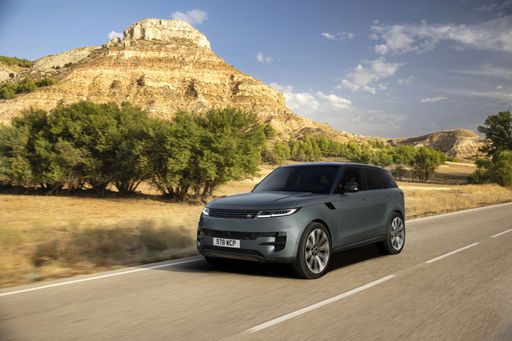
Land Rover Range Rover Sport
Fiat Panda
The Fiat Panda is a compact city car that brilliantly combines practical design and efficient functionality. Its boxy shape provides ample interior space and visibility, making it a favourite among urban drivers. With its reputation for reliability and affordability, the Panda continues to be a top choice for those seeking a no-frills, dependable vehicle.
details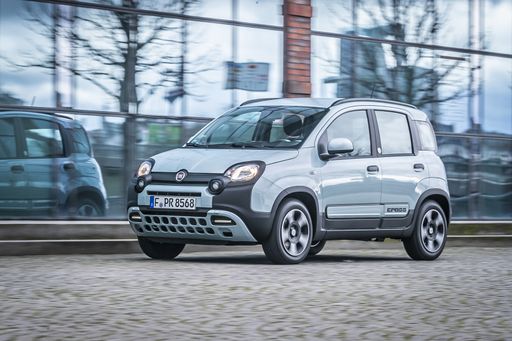 @ media.stellantis.com
@ media.stellantis.com
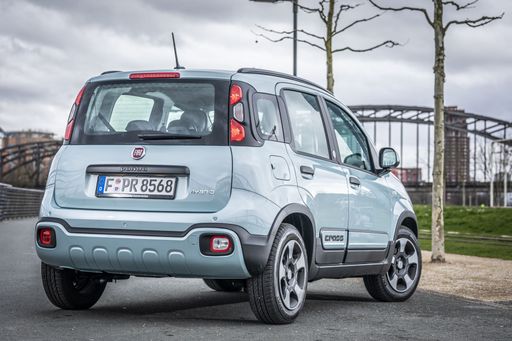 @ media.stellantis.com
@ media.stellantis.com
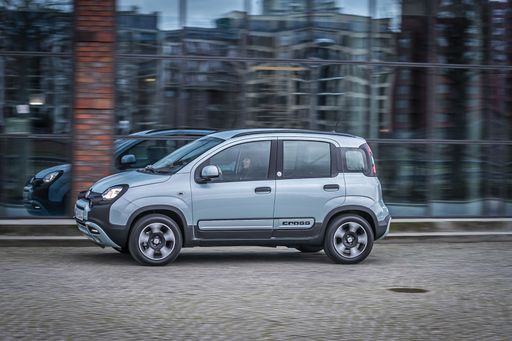 @ media.stellantis.com
@ media.stellantis.com
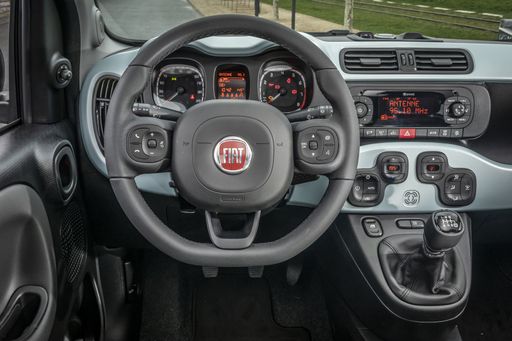 @ media.stellantis.com
@ media.stellantis.com
Land Rover Range Rover Sport
The Land Rover Range Rover Sport exudes a commanding presence, combining luxury with exceptional off-road capabilities. Its sleek, modern design is complemented by a meticulously crafted interior that offers both comfort and advanced technology. With its powerful performance and refined handling, this vehicle is ideal for both urban environments and adventurous terrains.
details @ media.landrover.com
@ media.landrover.com
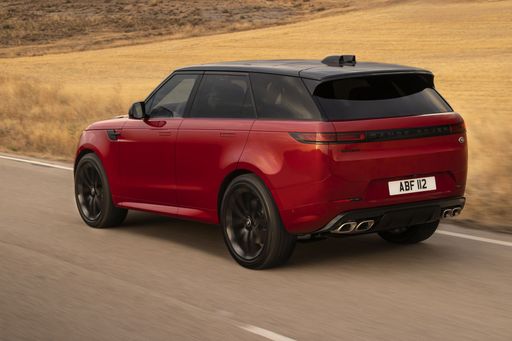 @ media.landrover.com
@ media.landrover.com
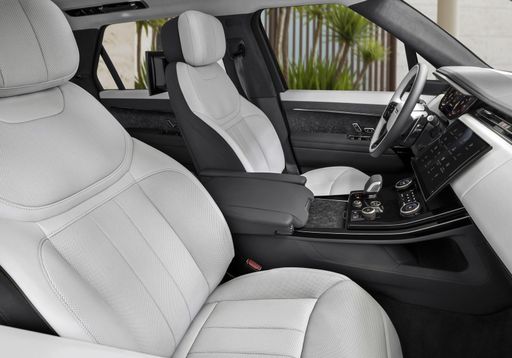 @ media.landrover.com
@ media.landrover.com

|

|
|
|
|
Costs and Consumption |
|
|---|---|
|
Price
14100 £
|
Price
78600 - 175700 £
|
|
Consumption L/100km
5 L
|
Consumption L/100km
2.7 - 11.7 L
|
|
Consumption kWh/100km
-
|
Consumption kWh/100km
-
|
|
Electric Range
-
|
Electric Range
116 - 118 km
|
|
Battery Capacity
-
|
Battery Capacity
31.80 kWh
|
|
co2
113 g/km
|
co2
61 - 266 g/km
|
|
Fuel tank capacity
38 L
|
Fuel tank capacity
71 - 90 L
|
Dimensions and Body |
|
|---|---|
|
Body Type
Hatchback
|
Body Type
SUV
|
|
Seats
4
|
Seats
5
|
|
Doors
5
|
Doors
5
|
|
Curb weight
1055 kg
|
Curb weight
2390 - 2810 kg
|
|
Trunk capacity
225 L
|
Trunk capacity
647 L
|
|
Length
3635 mm
|
Length
4946 - 4970 mm
|
|
Width
1643 mm
|
Width
2043 mm
|
|
Height
1551 mm
|
Height
1814 - 1820 mm
|
|
Max trunk capacity
870 L
|
Max trunk capacity
1491 L
|
|
Payload
365 kg
|
Payload
640 - 830 kg
|
Engine and Performance |
|
|---|---|
|
Engine Type
Petrol MHEV
|
Engine Type
Plugin Hybrid, Petrol MHEV, Diesel MHEV
|
|
Transmission
Manuel
|
Transmission
Automatic
|
|
Transmission Detail
Manual Gearbox
|
Transmission Detail
Automatic Gearbox
|
|
Drive Type
Front-Wheel Drive
|
Drive Type
All-Wheel Drive
|
|
Power HP
70 HP
|
Power HP
249 - 635 HP
|
|
Acceleration 0-100km/h
13.90 s
|
Acceleration 0-100km/h
3.8 - 7.7 s
|
|
Max Speed
164 km/h
|
Max Speed
206 - 290 km/h
|
|
Torque
92 Nm
|
Torque
570 - 800 Nm
|
|
Number of Cylinders
3
|
Number of Cylinders
6 - 8
|
|
Power kW
51 kW
|
Power kW
183 - 467 kW
|
|
Engine capacity
999 cm3
|
Engine capacity
2997 - 4395 cm3
|
General |
|
|---|---|
|
Model Year
2024
|
Model Year
2025
|
|
CO2 Efficiency Class
C
|
CO2 Efficiency Class
B, G
|
|
Brand
Fiat
|
Brand
Land Rover
|
Is the Fiat Panda offered with different drivetrains?
Available configurations include Front-Wheel Drive.
The prices and data displayed are estimates based on German list prices and may vary by country. This information is not legally binding.
